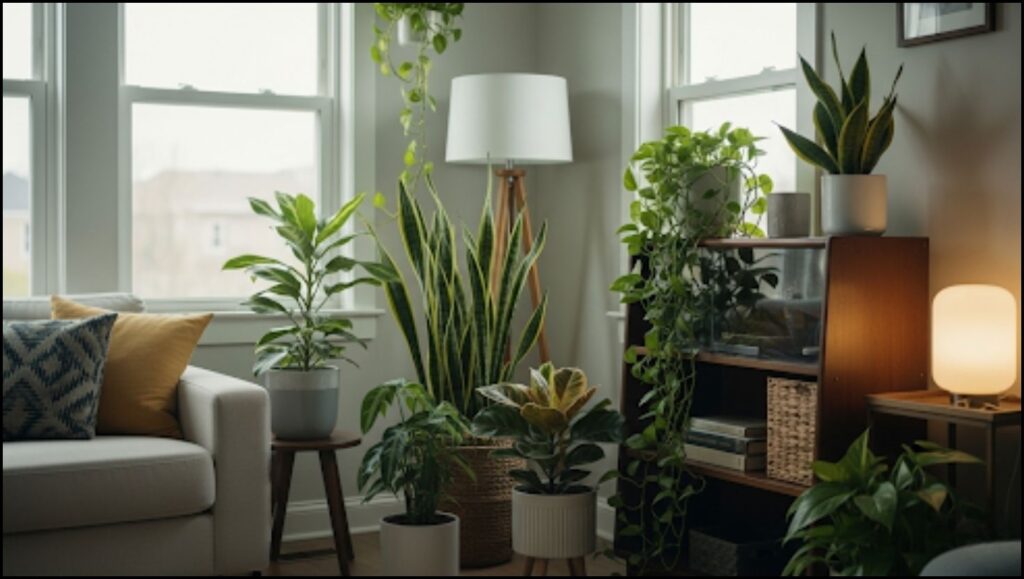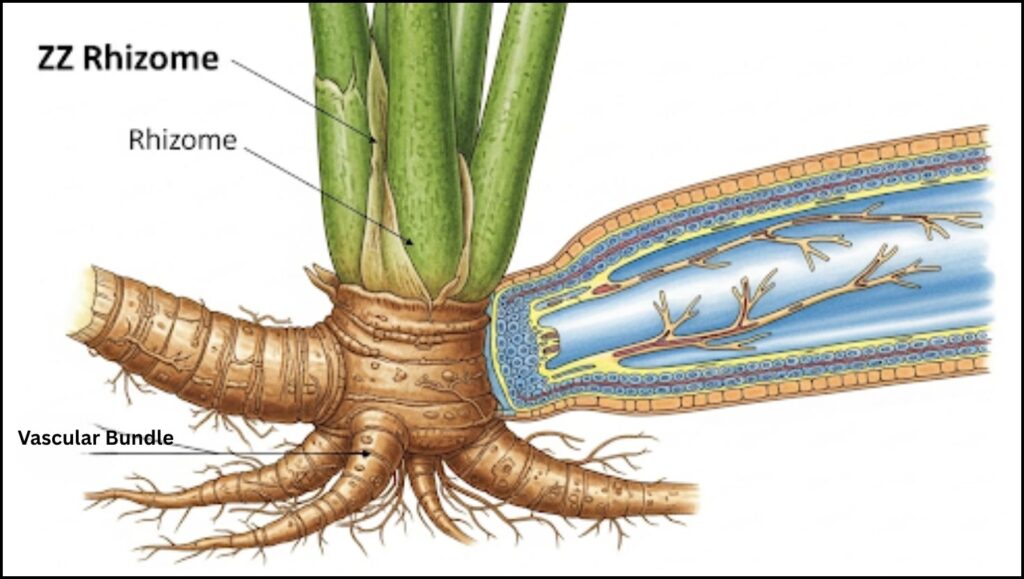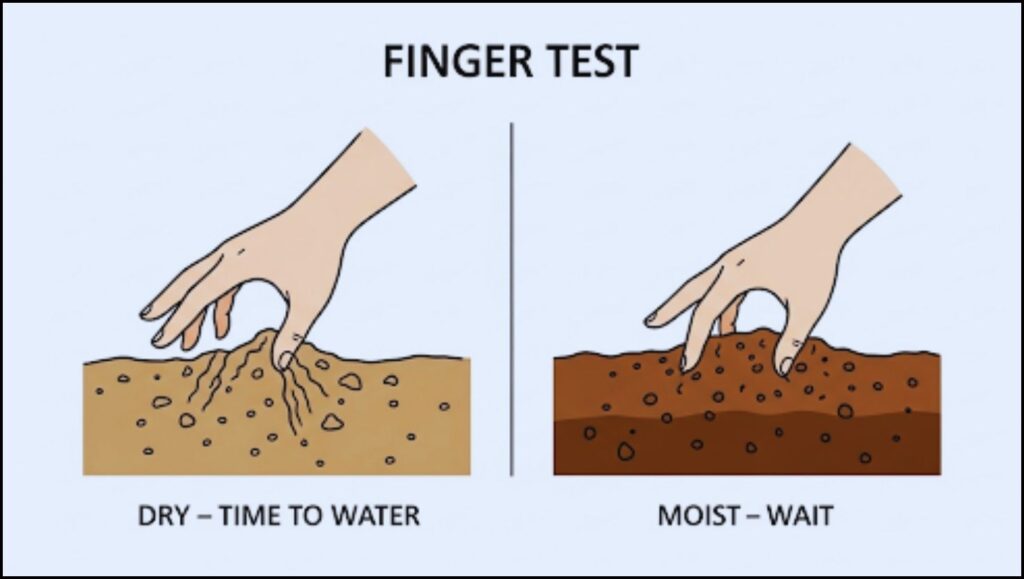The global interest in indoor gardening has surged, but busy schedules demand resilient companions. As a result, the demand for low-maintenance houseplants that can withstand inconsistent watering, and variable light has grown significantly. Botanical experts and horticulturists have identified several key species that offer aesthetic benefits without requiring constant attention, making them ideal for both novice gardeners and seasoned plant owners.

Key Insights: Top Easy-Care Indoor Plants
| Plant Name | Defining Trait | Light Requirement |
| Snake Plant (Dracaena trifasciata) | Highly drought-tolerant; air-purifying | Low to bright, indirect |
| ZZ Plant (Zamioculcas zamiifolia) | Stores water in underground rhizomes | Low to bright, indirect |
| Pothos (Epipremnum aureum) | Visibly droops when thirsty; fast-growing | Low to bright, indirect |
| Cast Iron Plant (Aspidistra elatior) | Extremely tolerant of neglect and low light | Low, indirect light only |
A Growing Trend Rooted in Wellness and Convenience
The desire to bring nature indoors is not new, but its recent acceleration is tied to contemporary lifestyles. Increased urbanization and work-from-home arrangements have left many seeking a connection to the natural world within their own living spaces. However, this enthusiasm is often tempered by the realities of a demanding schedule.
“We’ve seen a clear shift in consumer inquiries over the past five years,” said Dr. Alena Vance, a professor of urban horticulture at the University of Illinois Extension. “People want the mental and physical health benefits of plants—cleaner air, reduced stress—but they express significant anxiety about their ability to keep them alive. This is where low-maintenance houseplants become essential.”
Studies from institutions like the Royal Horticultural Society (RHS) have repeatedly shown that interacting with houseplants can reduce stress and improve focus. The key, experts note, is selecting plants whose needs align with their owner’s environment and level of commitment. The most common reason for plant failure is not neglect, but rather well-intentioned over-care, particularly overwatering.
Top Selections for Low-Maintenance Houseplants
While no plant is completely self-sufficient, a select group has proven exceptionally forgiving. These species have evolved to survive in harsh conditions, making them well-suited for the typical indoor environment.
For the Forgetful Waterer: Drought-Tolerant Champions
For individuals prone to forgetting a watering schedule, plants that store their own water are the most reliable option.
- Snake Plant (Dracaena trifasciata): Often cited as the quintessential beginner houseplant, the snake plant is architecturally striking and notoriously tough. Its succulent leaves store water efficiently, allowing it to go for weeks without irrigation. “The Snake Plant uses a specialized form of photosynthesis called Crassulacean acid metabolism, or CAM, which allows it to exchange gasses at night to minimize water loss,” Dr. Vance explained in a university publication. This adaptation makes it exceptionally resilient to drought.
- ZZ Plant (Zamioculcas zamiifolia): Recognizable by its wide, waxy, dark green leaves, the ZZ plant is another champion of neglect. Its survival mechanism lies underground in its large, potato-like rhizomes, which retain water for extended periods. According to guidance from the Brooklyn Botanic Garden, these rhizomes allow the plant to tolerate low water and low light, although it performs best in bright, indirect light.

Thriving in Dim Corners: Houseplants for Low Light
Many modern homes and apartments lack an abundance of direct sunlight. While all plants require some light for photosynthesis, several species are adapted to thrive in lower-light conditions.
- Pothos (Epipremnum aureum): Known for its trailing vines and heart-shaped leaves, Pothos is one of the most popular houseplants for low light. It remains vibrant in spaces far from a window and has the added benefit of communicating its needs clearly. “Its leaves will visibly droop when it needs water, taking the guesswork out of irrigation,” stated a recent guide from the Penn State Extension. It recovers quickly once watered.
- Cast Iron Plant (Aspidistra elatior): As its name suggests, this plant is nearly indestructible. A slow grower with elegant, dark green leaves, it tolerates deep shade, infrequent watering, and temperature fluctuations. Its hardiness is a result of its evolution on the forest floors of Japan and Taiwan, where it competes for limited light.
Avoiding Common Pitfalls: Expert Advice
The primary challenge for new plant owners is often providing the right amount of care. The most common killer of houseplants is not underwatering, but overwatering, which leads to root rot. “People equate love with water, and it’s a fatal mistake for many of these drought-tolerant species,” said Marcus Thorne, head of horticulture at the Denver Botanic Gardens. “The best advice is to always check the soil before watering. If the top two inches are dry, it might be time. If it’s still damp, wait.”
Experts also recommend using pots with drainage holes and using a well-draining soil mix to prevent water from stagnating around the roots. While beginner houseplants are forgiving, providing them with the right foundation is critical for long-term success.

The enduring appeal of these plants lies in their ability to provide a touch of nature with minimal demands. As lifestyles become increasingly hectic, the quiet, resilient presence of a green companion offers a simple and accessible form of daily wellness. For those looking to start their indoor garden, these expert-approved selections provide a confident first step.
Your Summer Garden’s Second Act: 9 Expert-Approved Flowers to Plant in July
